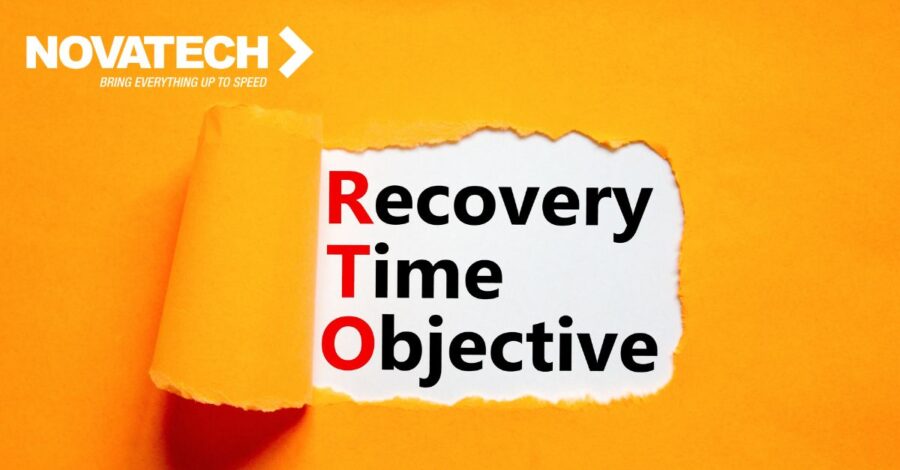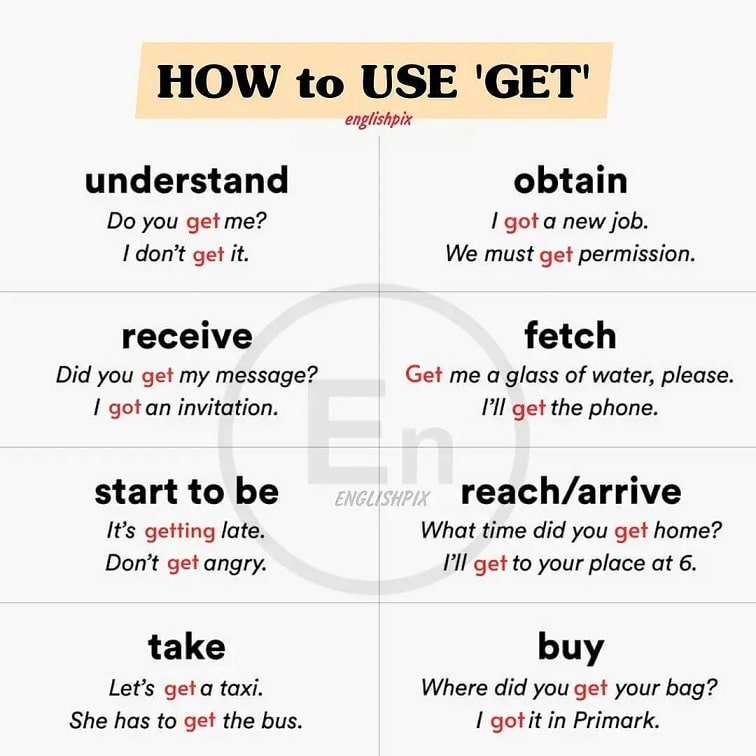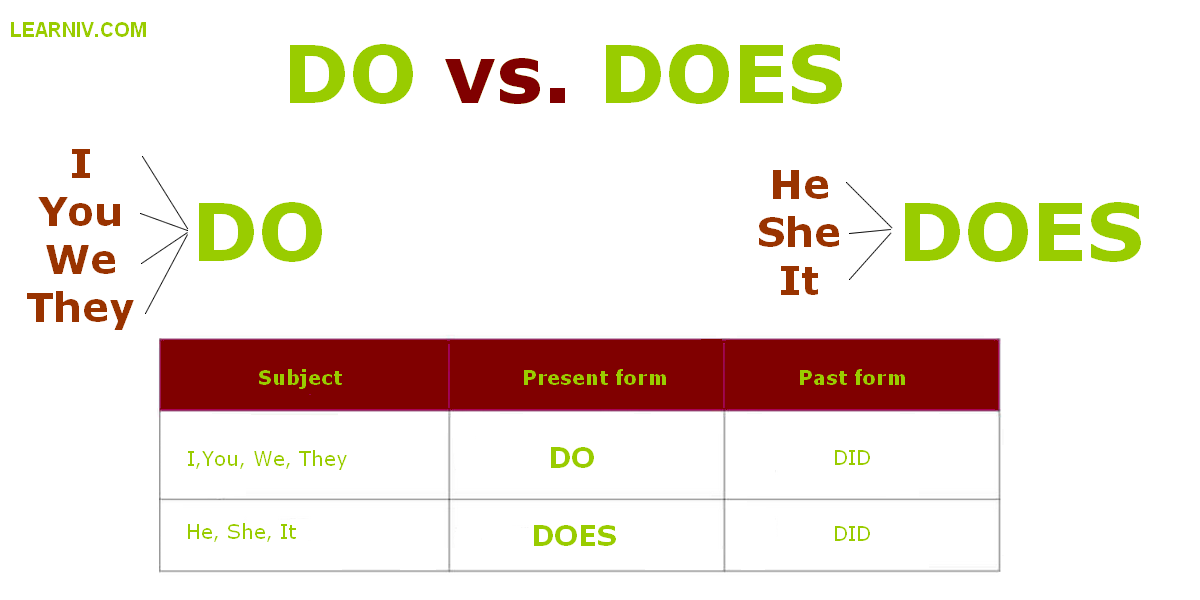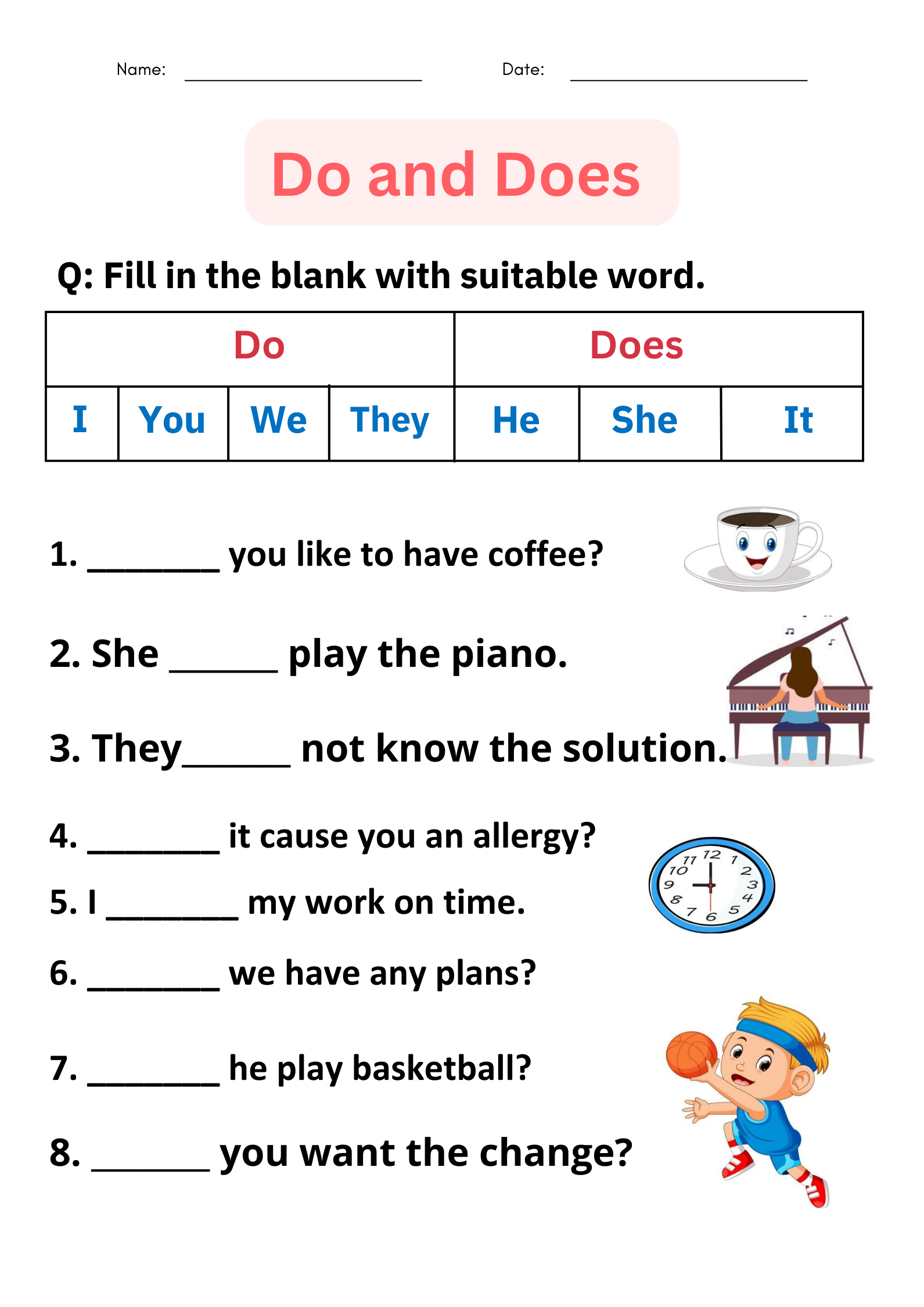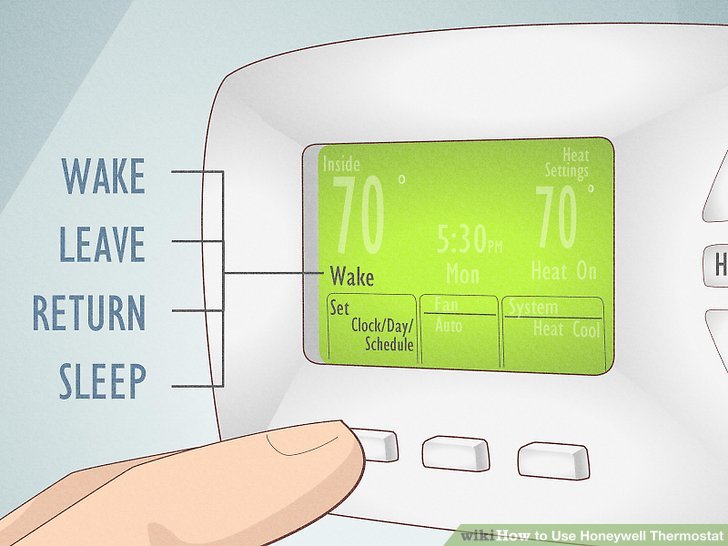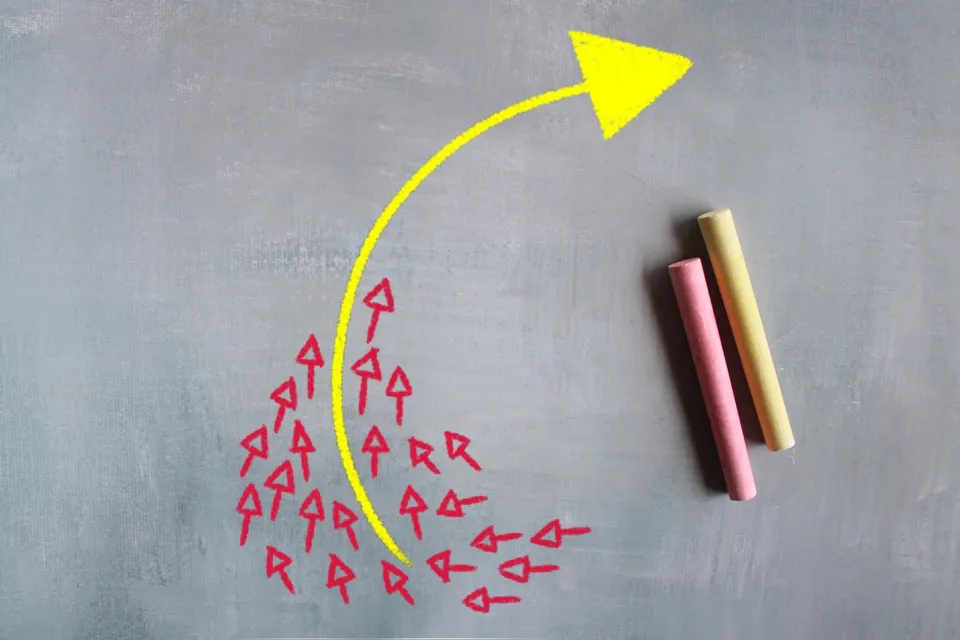How Far Can You Legally Drive in a Center Left-Turn Lane? Rules, Safety, and Practical Guidance
Understanding the Legal Distance for Traveling in a Center Left-Turn Lane
When navigating multi-lane roads, many drivers encounter the center left-turn lane, also known as the two-way left-turn lane. This center lane is not intended for general travel or passing traffic; its purpose is to provide a safe space for vehicles to prepare and execute left turns or U-turns where permitted. Understanding the legal limitations and best practices for using this lane is essential for maintaining both safety and compliance with state traffic laws.
Legal Distance: How Far Can You Travel?
In most jurisdictions, including California and Ohio, the law permits drivers to travel in the center left-turn lane for up to 200 feet before completing their turn. This limitation is designed to prevent misuse of the lane for regular driving or passing, which can create hazardous conditions for all road users. For example, California Vehicle Code 21460.5 specifies that “drivers can legally drive in the center left turn, or two-way left turn lane (TWLTL) for up to 200 feet” [1] . Similarly, municipalities in Ohio enforce the same 200-foot rule for entering the center turn lane before turning [5] .
To visualize this distance, 200 feet is roughly two-thirds the length of a football field or the length of about 13 average-size vehicles positioned bumper-to-bumper [4] . This guideline is widely recognized in driver education and by law enforcement.
Purpose and Proper Use of the Center Left-Turn Lane
The center left-turn lane is strictly reserved for vehicles that are about to make left turns onto adjacent streets, driveways, or into business entrances. It is not a travel lane and should never be used for passing other vehicles, stopping, or parking. Its primary functions include:
- Providing a buffer for vehicles preparing to turn left without slowing traffic in the main travel lanes
- Allowing vehicles to exit driveways or side streets and safely merge into traffic by first entering the center lane
- Improving traffic flow and reducing the risk of rear-end collisions
For example, if you intend to turn left into a business or side street, you should signal, check for oncoming traffic, and merge into the center lane within 200 feet of your intended turn. Remain alert for other vehicles already in the lane, and avoid entering the lane prematurely [3] .
Step-by-Step Guidance for Using the Center Left-Turn Lane
1. Signal Your Intent: Activate your left turn signal before moving toward the center lane. This alerts drivers behind you to your intention and helps prevent unexpected maneuvers [2] .

Source: alamy.com
2. Check for Safety: Ensure the center lane is clear and no other vehicles are already occupying it for their own turns. Look for oncoming traffic and yield as necessary.
3. Enter the Lane Within 200 Feet: Only merge into the center left-turn lane when you are within 200 feet of your intended turn. Do not enter the lane earlier, as this may result in a traffic violation or a hazardous situation [1] .
4. Complete Your Turn Promptly: Once in the center lane, proceed to your turn location and make the turn as soon as it is safe. Do not stop and wait in the lane for extended periods.
5. Never Use the Lane for Passing or General Travel: The center left-turn lane is not designed for overtaking other vehicles or for use as a driving lane between intersections.
Real-World Examples and Scenarios
Consider a busy commercial boulevard where several shopping centers and driveways are located along both sides. A driver wishing to turn left into a store should signal, merge into the center lane within 200 feet of the entrance, allow traffic to clear, and then complete the turn. If the lane is used too early, the risk of collision with another vehicle entering or leaving the lane increases.

Source: alamy.com
Another common scenario involves a driver exiting a residential driveway onto a busy street. The driver should enter the center lane and wait until a safe gap appears in the main traffic lanes before merging fully into the flow of traffic, again ensuring they do not travel in the center lane for more than 200 feet [3] .
Potential Challenges and How to Address Them
Some drivers may be tempted to use the center lane as a shortcut for bypassing congested traffic or for passing slower vehicles. This is illegal and unsafe. Law enforcement agencies routinely monitor for improper use of the center left-turn lane, and drivers found in violation may be ticketed or fined.
If you are unsure about the rules in your specific state or city, you can:
- Consult your state’s Department of Motor Vehicles (DMV) driver’s manual for updated traffic regulations
- Contact local law enforcement or traffic safety offices for clarification
- Observe posted signage, as some areas may have specific local restrictions
In the absence of clear guidance, always err on the side of caution and use the center lane strictly for its intended purpose within the legal distance limit.
What To Do If You Are Involved in a Center Left-Turn Lane Incident
If you are involved in an accident or receive a citation related to improper use of a center left-turn lane, it is important to take the following steps:
- Document the scene with photos and notes about traffic conditions and signage
- Obtain contact information for witnesses
- Consult with a qualified attorney if you are facing significant penalties or if injuries occurred
For legal assistance, you can search for “traffic law attorneys” or “car accident lawyers” in your area using reputable legal directories or by contacting your local bar association. Always verify an attorney’s credentials and experience in traffic law before proceeding.
Alternative Approaches and Best Practices
In certain cases, you may find that the center left-turn lane is blocked or congested. If you cannot safely enter the lane within 200 feet of your turn, continue driving until you find an appropriate location to turn left legally. Never attempt a turn from a through lane or use the center lane for making right turns or U-turns where prohibited.
Some municipalities may have unique rules based on roadway design or local needs. Always observe posted signs and road markings, and adapt your driving accordingly. Defensive driving and awareness of your surroundings are key to safely navigating complex intersections and multi-lane roads.
How to Access More Information and Support
To ensure you are following the most current and applicable rules for your area, consider the following steps:
- Review your state’s official driver handbook, available through your state DMV
- Search for “center left-turn lane rules” along with your state or county name for local ordinances
- Contact your local police department’s traffic division for guidance on specific situations
- Participate in local defensive driving courses, which often cover safe use of center lanes
If you need to dispute a citation or report a safety concern, gather all relevant documentation and follow the procedures outlined by your local traffic court or law enforcement agency. Details are typically available on official city or county government websites, which can be found by searching for your city or county name plus “traffic court” or “traffic safety.” Avoid using unofficial sources or unverified websites for legal information.
Key Takeaways
- Legally, you may travel up to 200 feet in a center left-turn lane before completing your turn in most U.S. jurisdictions.
- The center left-turn lane is designed exclusively for left turns and, where permitted, U-turns-not for passing or prolonged travel.
- Always signal, check for traffic, and enter the lane within the legal distance limit, completing your turn promptly.
- Consult your local DMV or law enforcement for area-specific rules and always refer to authoritative, official resources for the most accurate information.
References
- [1] Crockett Law Group (2025). Legal Distance for Left Turn Center Lane.
- [2] RKM Law (2024). How to Safely Use the Center Lane for Left Turns.
- [3] YouTube (2023). Center Turn Lane Rules Explained (Video).
- [4] YouTube (2022). How To Use The Center Left Turn Lane Correctly (Video).
- [5] City of Westlake, Ohio (2023). Center Turning Lane Municipal Code.
MORE FROM mumsearch.com
